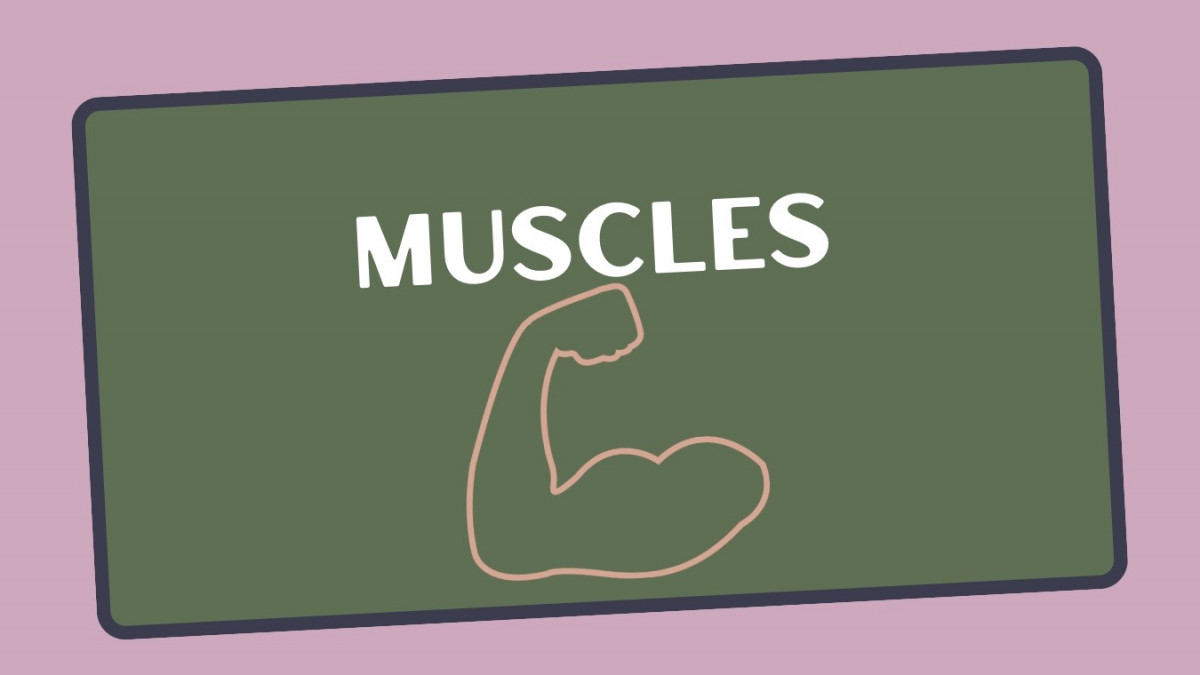Muscles Beyond Movement

Combatting sarcopenia & chronic conditions with muscle health. Muscles do more than move us around, and It's time to prioritize our muscle strength!
Lately, a book called Deep Fitness by Philip Shepherd and Andrei Yakovenko has been my constant companion. It reshaped my beliefs about fitness and it changed my life. It's more than a book; it's an experience!

The book is based on a few decades of research that throws our current, current understanding of health and fitness to the wind! It refutes the belief that aerobic fitness - "cardio", and endurance are the signs of good health. Instead, the authors' thorough compilation of research clearly shows that MUSCLES reign. They do far more than move our body from place to place; our muscles, not aerobic fitness, will enhance our healthspan and help us reduce risks of getting a chronic disease or two of our time: Alzheimer's and dementia, some cancers, high cholesterol, coronary heart disease, hypertension and stroke, fibromyalgia, insulin resistance and Type 2 Diabetes, obesity, and osteoporosis, to name only a few. Unfortunately, these conditions are strongly correlated to sarcopenia which is age-related loss of muscle mass. So, it's time to start gaining back our strength!
Although nothing is wrong with aerobics, nothing is wrong if you jog three times a week, and nothing is wrong with 10K steps daily, especially if you like to do them. Our body is made to move, and any way you do it benefits your health. However, these forms of exercise don’t strengthen muscles, so it’s important to incorporate one day per week of high-intensity resistance training.
Muscle mass and its importance to overall health is a hot research topic. For example, a study showed that muscle contractions produce myokines. (Pedersen) Myokines, a new word from 2003, are hormone-like substances involved in benefitting all cell types and organs, including the brain, liver, pancreas, fat tissue, bone, etc.
When we contract muscles, these myokines are released and travel to their receptors in these organs to support them! Muscles are actually endocrine organs that releases myokines. So here is the thing: the more potent the muscle, the more it contracts and the more myokines it produces. Myokines can counteract Sarcopenia!
So now that we know that muscle contraction is essential, we'll go a bit deeper into how they work and why your 10K steps a day isn't enough to prevent muscle loss. Intensity is required to gain muscle strength. Muscles are made up of motor units, which are fibers leading to a single nerve. When something stimulates the nerve, all the fibers contract together. Muscle fibers come in three basic categories: small, endurance ones, also known as slow twitch. Mid-size are intermediate twitch, and then we have the muscles used for explosive, high-peak movements; these are fast twitch fibers. The fibers come into action in order. First, the small, endurance ones start working, and when they tire, the intermediate ones kick in. Then, if needed, the big powerful ones are activated. The small, endurance ones are the most used, and they're also the most resistant to fatigue and the quickest to recover; they are also less powerful. These small ones aren't stimulated to grow because they get help as soon as they fatigue. For most of our day-to-day activities, we use the slow, endurance, and intermediate ones. The high-peak powerhouse, explosive, fast-twitch muscles aren't readily used because we don't need them!
Think about the fast twitch muscles of our hunter-gatherer ancestors. They used their explosive muscles when hunting game or running from becoming prey. Their muscles were ready when necessary! In our modern lifestyle, we rarely use our fast twitch muscle fibers; therefore, purposely we create opportunities - our gym workouts - to activate and overload them.
Intensity is the key; if we don't overload our muscles by giving them loads they're not accustomed to they won't grow. Since we rarely use the fast-twitch muscles, they are the first to be weakened by Sarcopenia - - ATROPHY! We need all three types to come into play, in order, and overload them, which happens with high-intensity resistance training.
When we push our muscles to their limits, they undergo micro-tears, triggering a repair process. It's like two teams at work: one cleans up the damage, while the other remodels, making the muscle stronger. With just one high-intensity session a week, this cycle unfolds, optimizing growth and recovery efficiently.
For over two years, I've been leading high-intensity strength classes, Wise & Strong, with post-menopausal women. Our aim? Rebuilding muscle to stay strong and reduce our risks of getting chronic conditions.
If you're interested in high-Intensity training using body weight and resistance bands join us every Monday on ZOOM at 11:30 am Eastern! Click on this green for the direct sign-up link!
Sources
1.Pedersen, BK, Muscles and their myokines, Journal of Exp. Biology. 2011 PMID: 21177953 https://pubmed.ncbi.nlm.nih.go...
2.Pedersen, Severinsen. Muscle–Organ Crosstalk: The Emerging Roles of Myokines, Endocrine Reviews, PMID: 32393961 2020.https://pubmed.ncbi.nlm.nih.go...
3. Lee, H., and Hee-Sook, J., Role of Myokines in Regulating Skeletal Muscle Mass and Function. Frontiers in Physiology, PMID:30761018. 2019. https://www.ncbi.nlm.nih.gov/p....
4.Shepherd, Yakovenko, Deep Fitness North Atlantic Books 2021
5.Wescott. W.L., Resistance training is medicine:effects of strength training on health. PMID:22777332. 2012. https://pubmed.ncbi.nlm.nih.go...
 Sarah Wallace
Sarah Wallace 